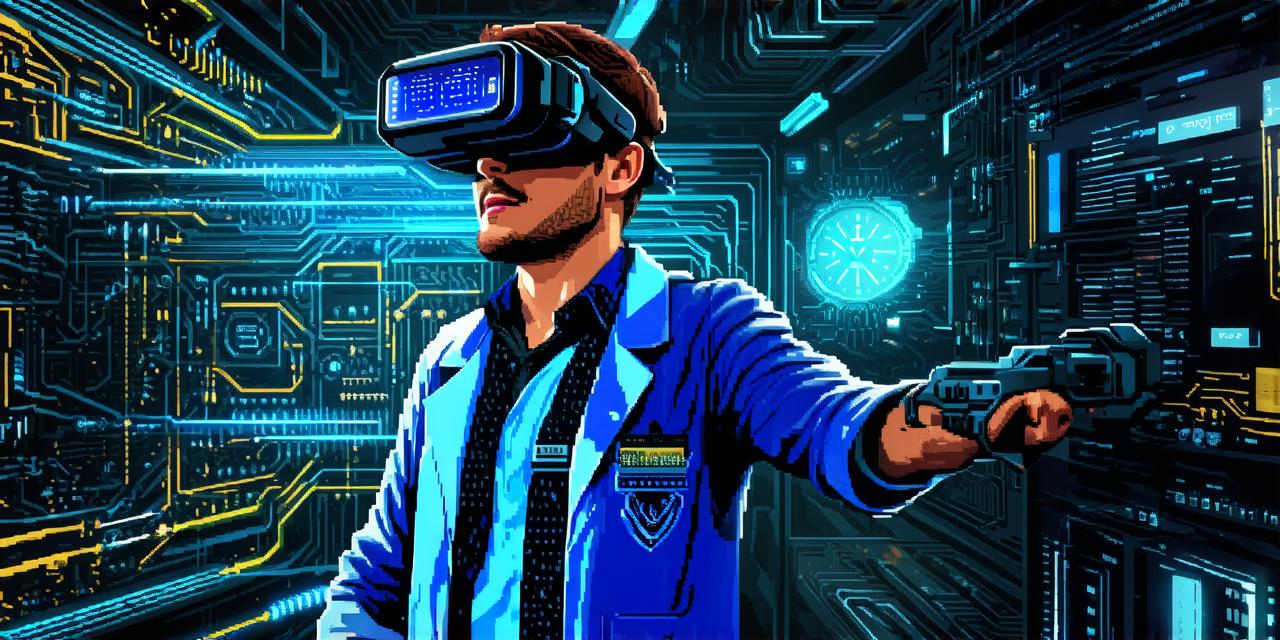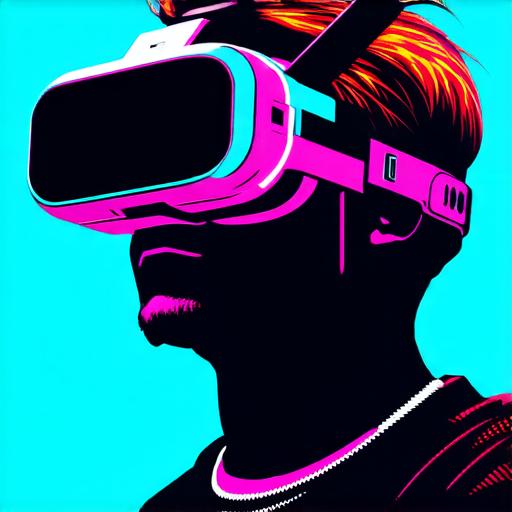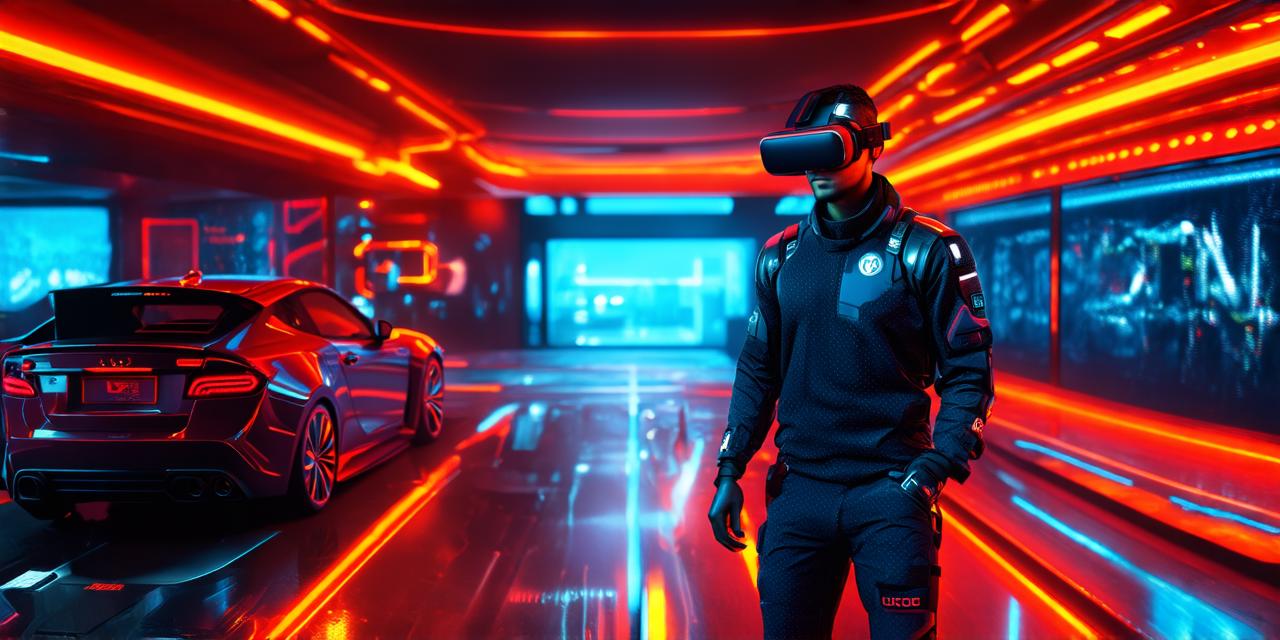
When did virtual reality become a thing?
Virtual reality (VR) is a technology that creates an immersive 3D environment in which users can interact with objects and other people as if they were real. The idea of virtual reality dates back to the 1960s, but it wasn’t until much later that the technology became widely available.
Table of Contents
ToggleThe Early Days of Virtual Reality
In the early days of virtual reality, researchers experimented with different ways to create a realistic 3D environment for users. One of the earliest attempts was made by Ivan Sutherland, who developed a system called “Sword of Damocles” in 1968. This system used a head-mounted display (HMD) to track the user’s head movements and create a virtual world that moved along with them.

Another early pioneer of virtual reality was Jaron Lanier, who developed the first VR headset in 1985. This headset, known as the “EyePhone,” used a CRT display and a bulky computer to track the user’s movements and create a 3D environment.
The Modern Era of Virtual Reality
Despite these early efforts, virtual reality technology did not become widely available until much later. In the late 1990s and early 2000s, advances in computer hardware and software made it possible to create more realistic and immersive virtual environments. This led to the development of a number of VR systems and applications that were designed for gaming, training, and other purposes.
One of the most well-known VR systems of this era was the Oculus Rift, which was released in 2016. The Rift used a high-resolution display and advanced tracking technology to create a highly immersive virtual environment that could be customized to suit the user’s needs.
The rise of mobile devices also played a major role in the development of virtual reality technology. Smartphones and tablets became powerful enough to run VR applications, making it possible for users to experience virtual reality on-the-go. This led to the development of a number of mobile VR systems, including the Samsung Gear VR and the Google Daydream View.
Today, virtual reality technology continues to evolve and improve. With advances in artificial intelligence (AI) and machine learning (ML), virtual environments are becoming more realistic and interactive than ever before. This has led to new applications for virtual reality, including training simulations, immersive entertainment experiences, and even medical treatments.
Summary
Virtual reality technology has come a long way since its early days in the 1960s. With advances in computer hardware and software, as well as the development of more powerful mobile devices, virtual reality is now widely available and being used in a variety of applications. Whether you’re a gamer, a trainer, or simply someone who enjoys immersive experiences, there’s never been a better time to explore the world of virtual reality.

